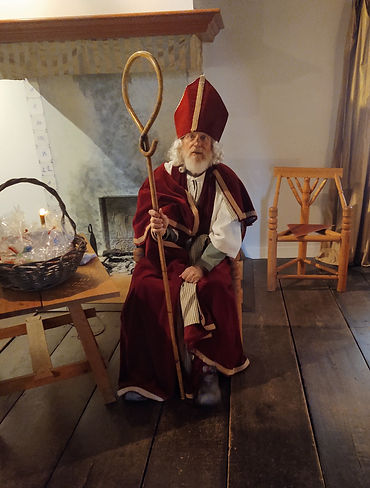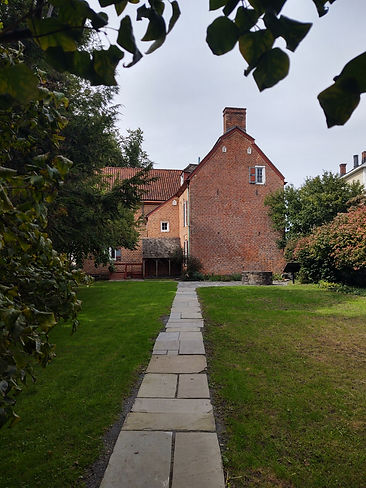Friends of Fort Crailo
History of Fort Crailo



Crailo is the museum of the Colonial Dutch in the Hudson River Valley. Originally a part of the vast landholding called the Manor or Patroonship of Rensselaerswyck, the Crailo farm was named after the Van Rensselaer's estate in the Netherlands, variously spelled Crayloo or Cralo in the 17th century, and meaning "crows' wood" in Dutch.
Crailo was built in the early 18th century by Hendrick Van Rensselaer, grandson of the First Patroon. Hendrick died in 1740 and his eldest son, Johannes, inherited Crailo. He remodeled the house and added an east wing in the Georgian style, reflecting the increasing influence of the English on the Albany-area Dutch. In the late 18th century, Crailo was remodeled in the Federal style. It served as a boys' boarding school in the 1840s and later as a church rectory. Each new venture brought more changes to the structure. In 1924
Crailo was donated to New York State for development as a museum. Crailo today tells the story of the early Dutch inhabitants of the upper Hudson Valley through exhibits highlighting archeological finds from the Albany Fort Orange excavations, special programs, and guided tours of the museum. (Parks.ny.gov).
Much later during the French and Indian War the British assembled a large army at Albany for an attack on Fort Carillon, to be led by General Abercromby. It is said, that the appearance of the Colonial recruits with their many styles of equipment and clothes inspired Dr. Richard Schuckburgh, a British Army surgeon to compose the words of “Yankee Doodle while he was at Fort Crailo (Pictoral Guide to New York State).
The historic Fort Crailo building memorializes the lives of a branch of the Van Rensselaer family that was influential in New York State history. The house marks Jeremias Van Rensselaer’s early farm at the Grenen Bos, and the farm is connected to the origins of the City of Rensselaer. Kiliaen Van Rensselaer’s farm called De Laets Burg provided the land for the city.
Crailo stands today as a reminder of the first Dutch farms on the east shore of the Hudson in Today’s Capital Region as well as a tribute to early families and mills at Greenbush, opposite Albany. (Shirley Dunn, Fort Crailo and the Van Rensselaers).